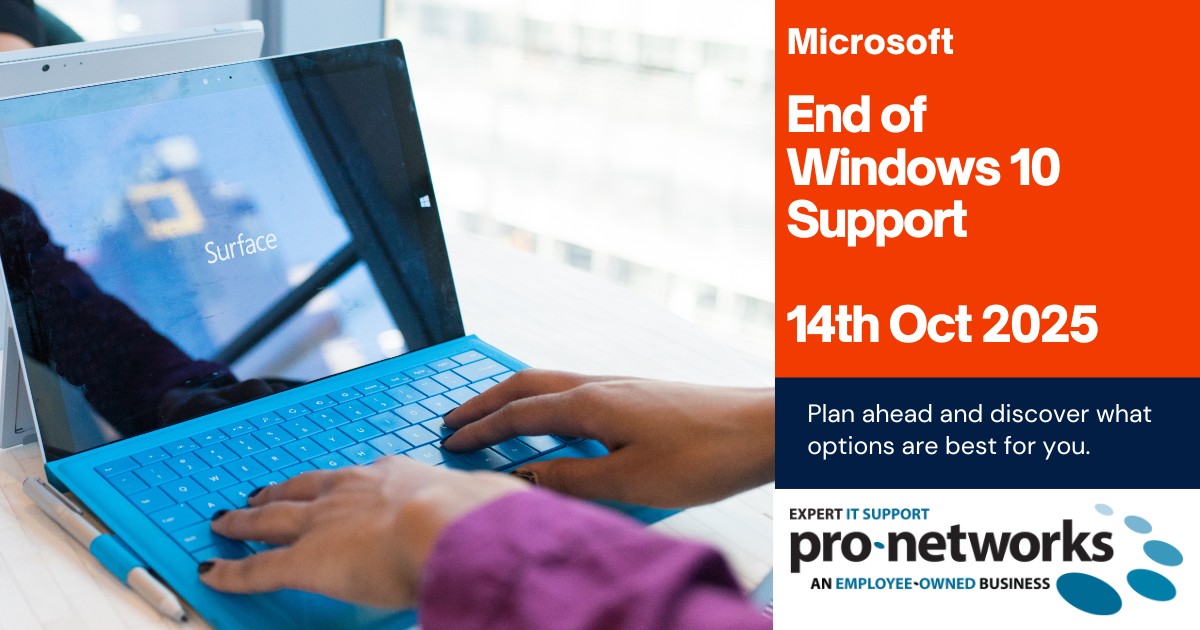
In the world of technology, change is the only constant. Operating systems, the backbone of our digital lives, are no exception. One such transformation that has recently garnered attention is the end-of-life support for Windows 10. As of October 14, 2025, Microsoft will officially cease providing updates and support for this widely used OS. In this blog, we will explore the implications of this significant event and the importance of keeping your operating system up to date.
The End of Windows 10 Support
Microsoft's Windows 10 was a widely popular and reliable operating system, enjoyed by millions of users worldwide. Its user-friendly interface, security features, and regular updates made it a go-to choice for both personal and business use. However, like all good things, its journey had to come to an end.
The end of support for Windows 10 means that Microsoft will no longer release updates, security patches, or bug fixes for the OS. This decision is part of Microsoft's lifecycle policy, which typically spans about a decade for major Windows releases. So, what does this mean for users still clinging to Windows 10?
Security Risks
With the end of support, Windows 10 will become vulnerable to security threats. Hackers are constantly searching for vulnerabilities, and without regular updates, your system could be at risk.
Software and Application Compatibility
As time goes on, new software and applications may no longer be compatible with Windows 10, leading to potential compatibility issues and a less optimal user experience.
Missed Features and Improvements
New features and performance improvements will no longer be accessible to Windows 10 users. This could result in a less efficient and less enjoyable computing experience.
